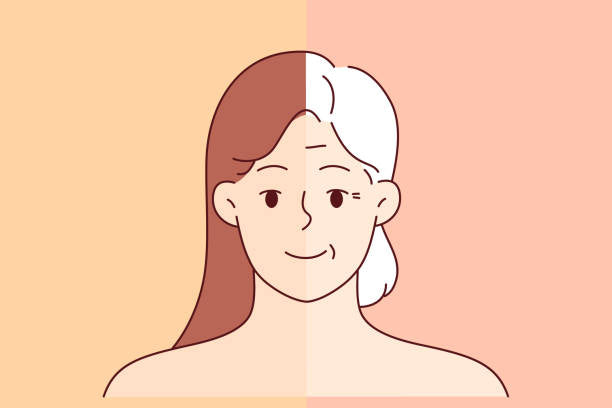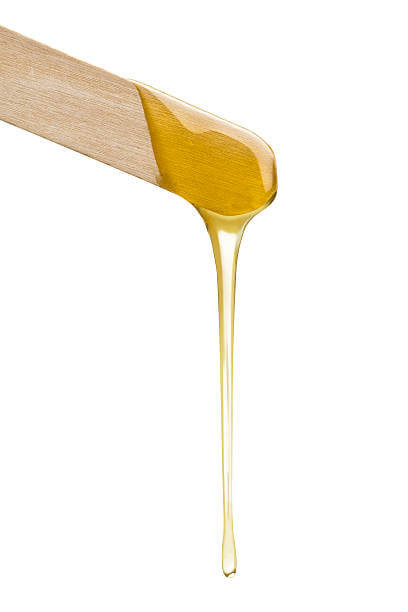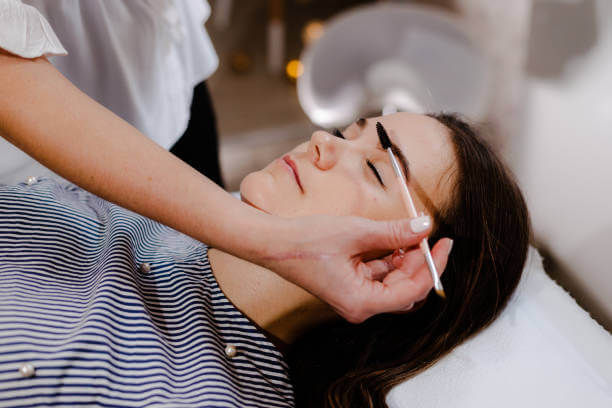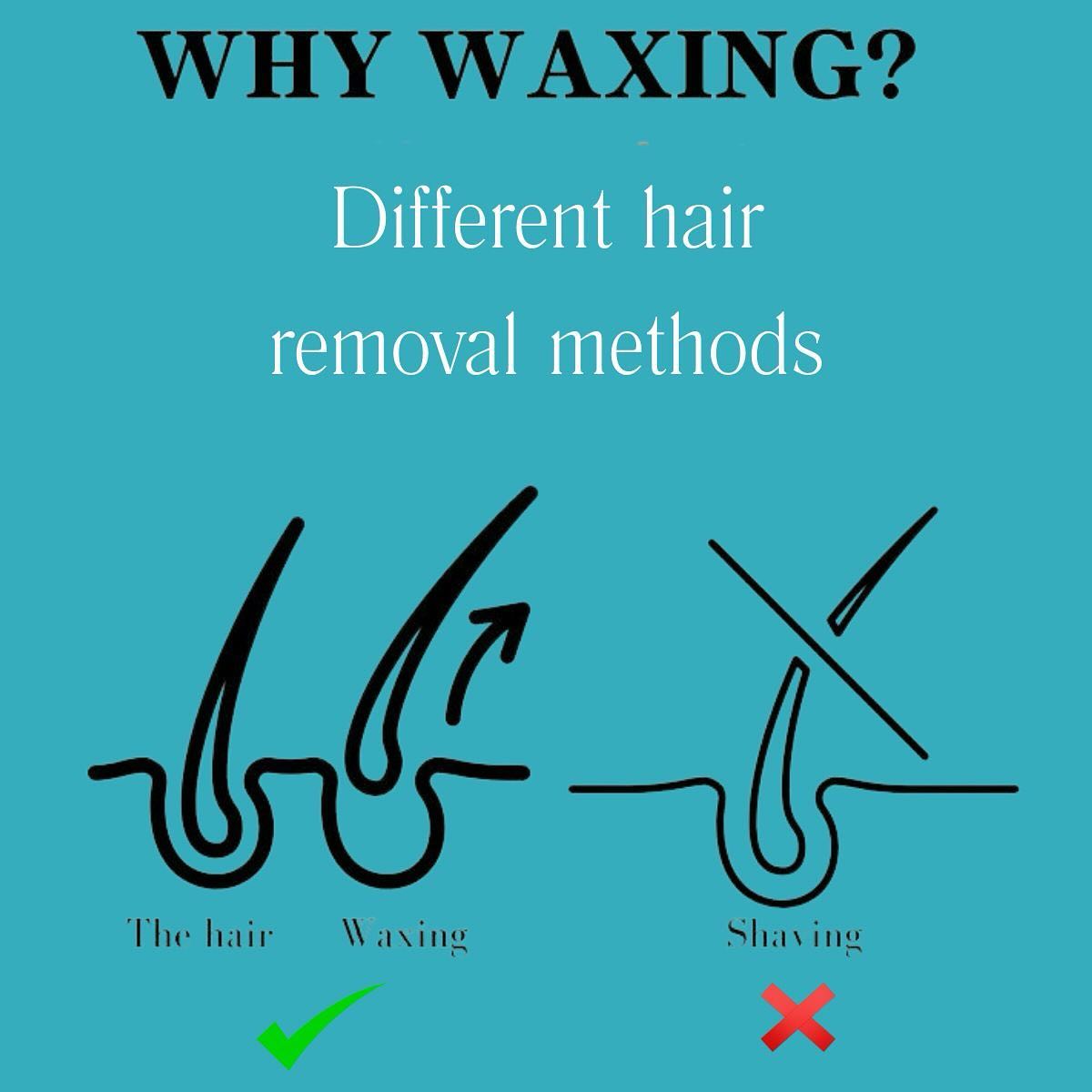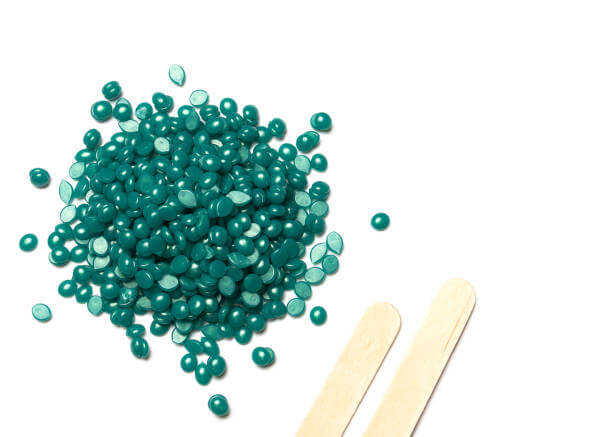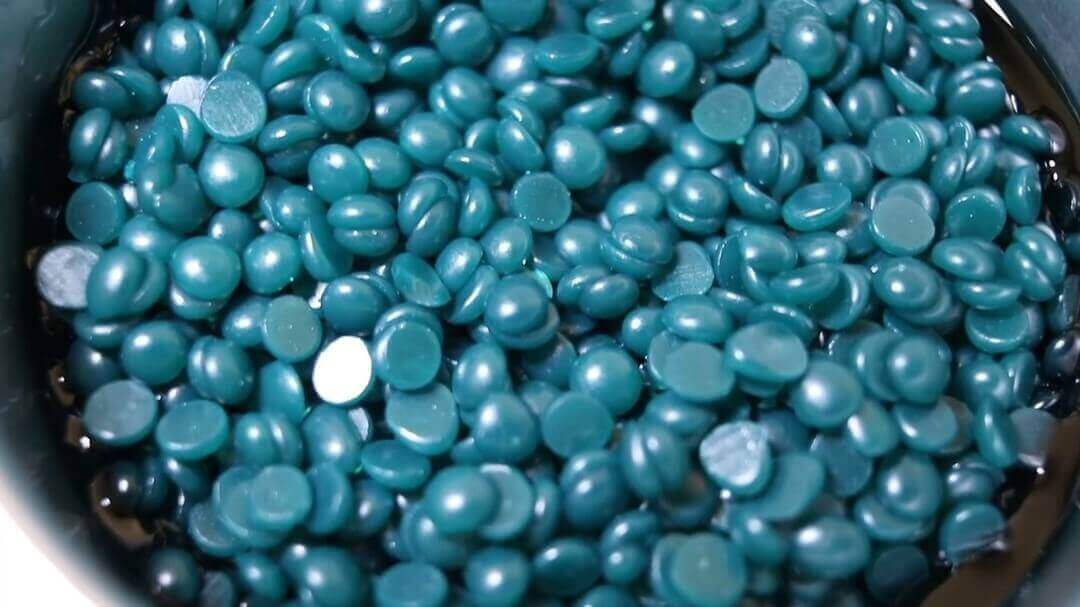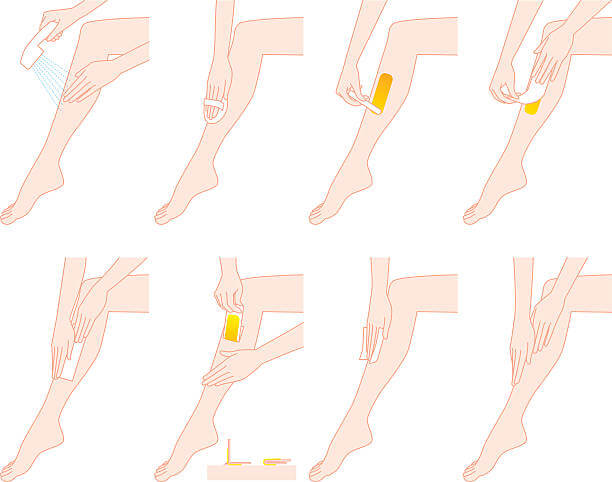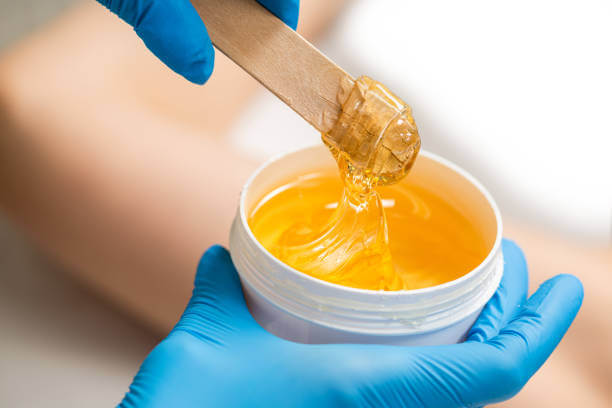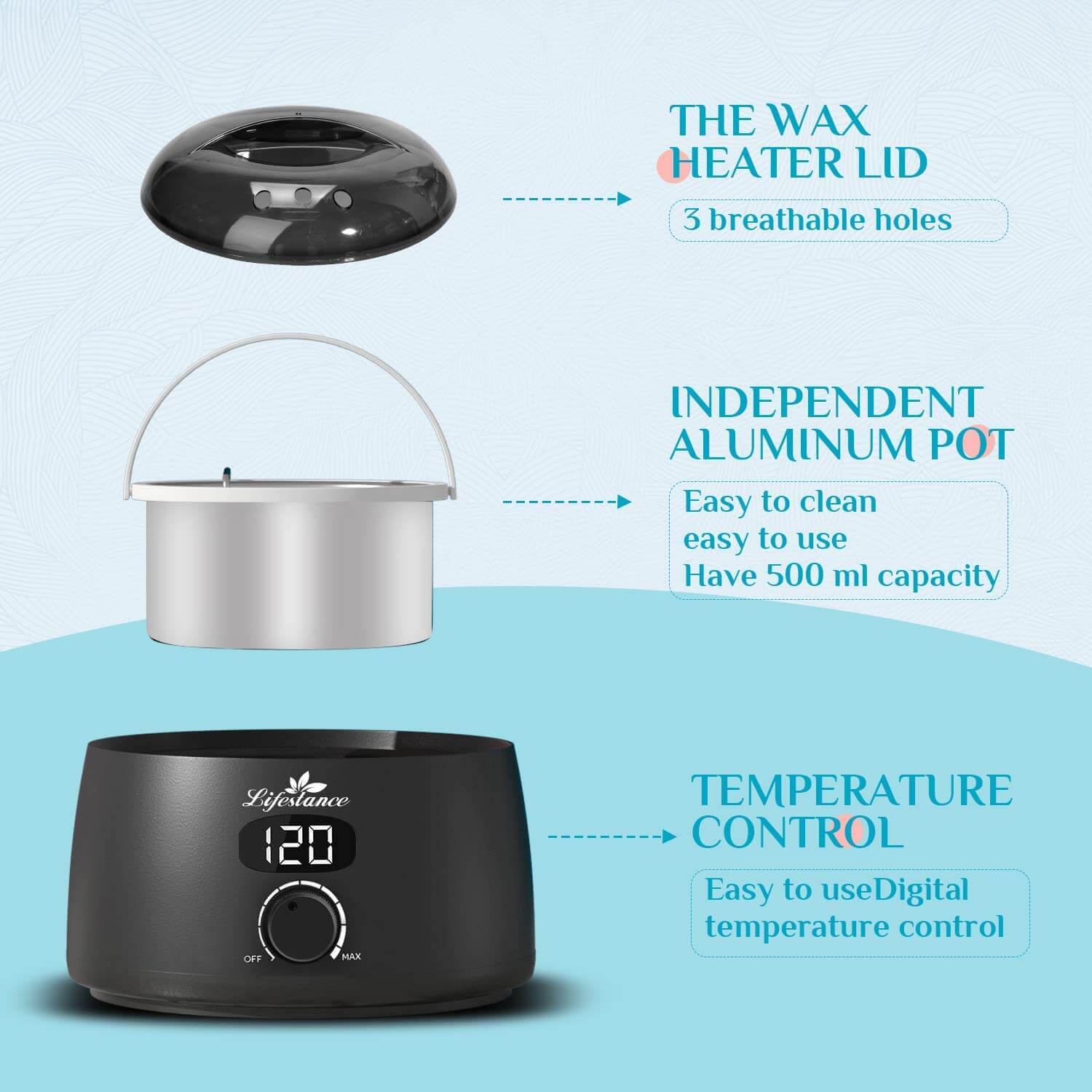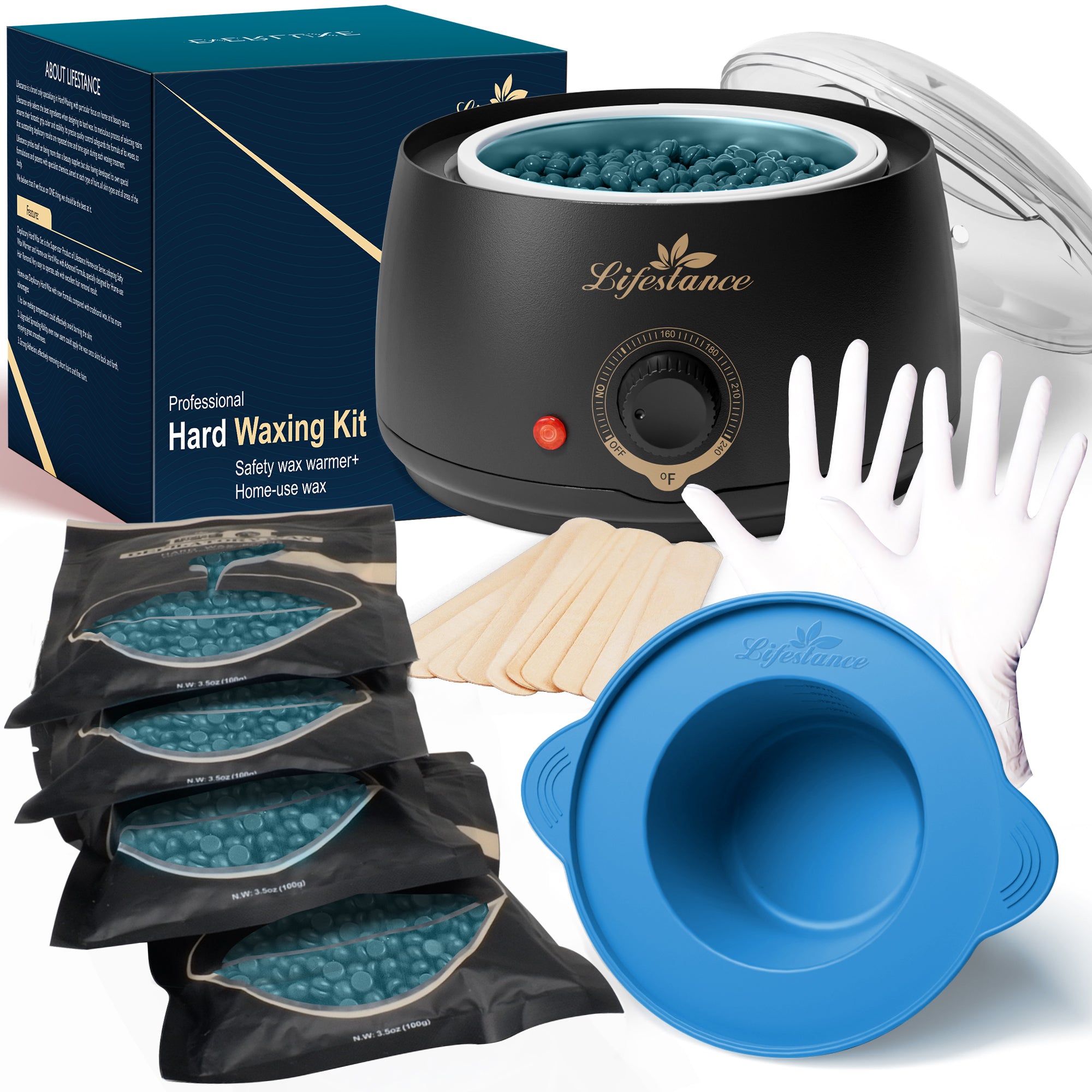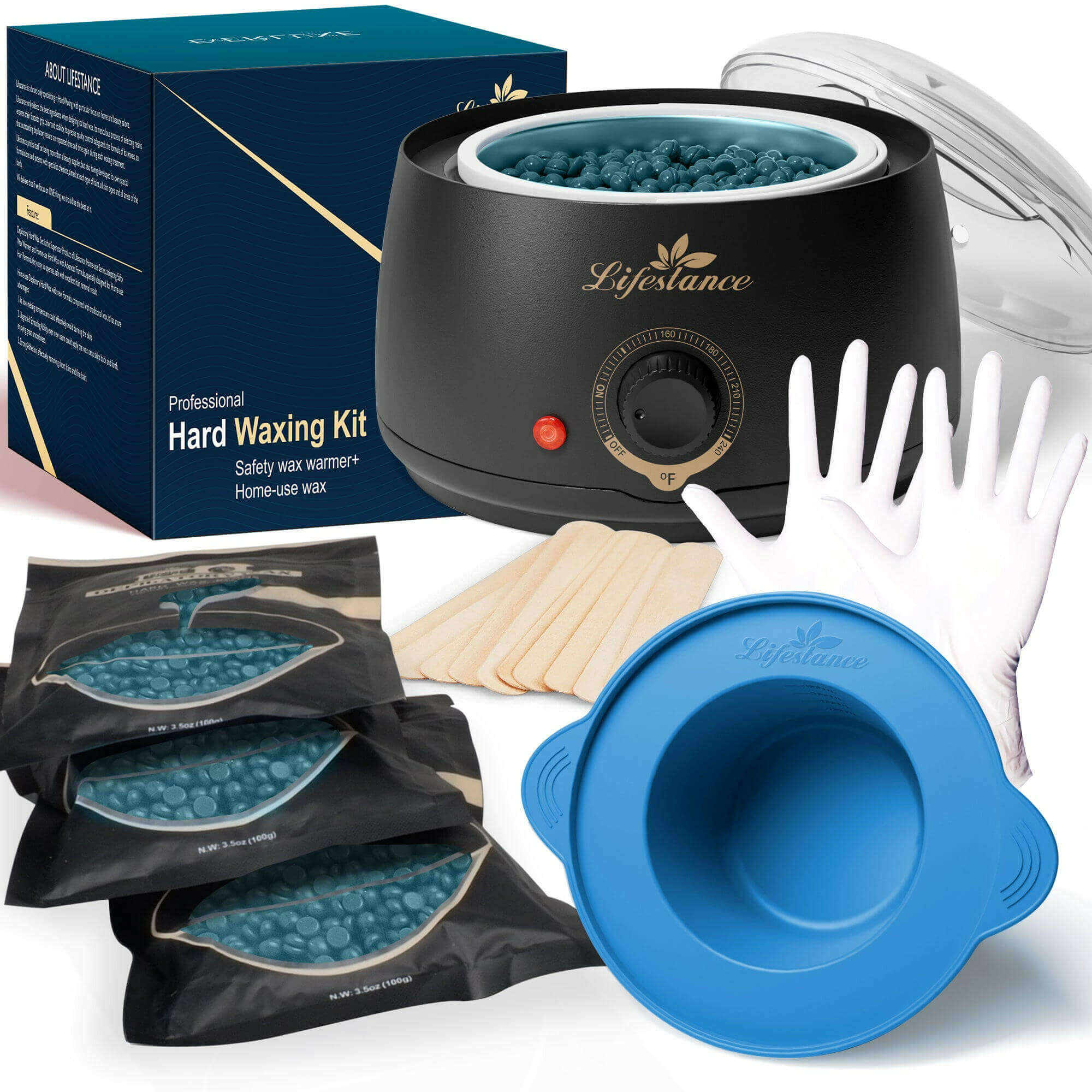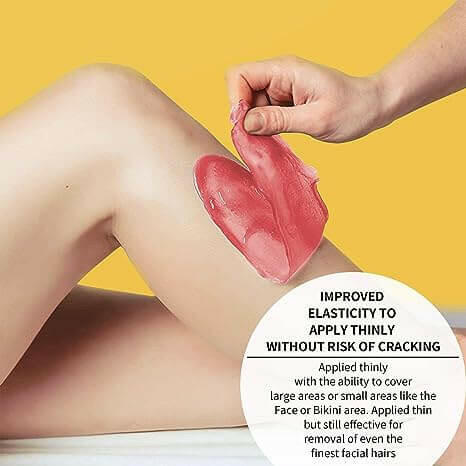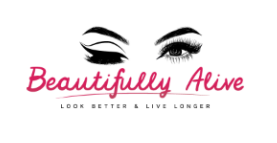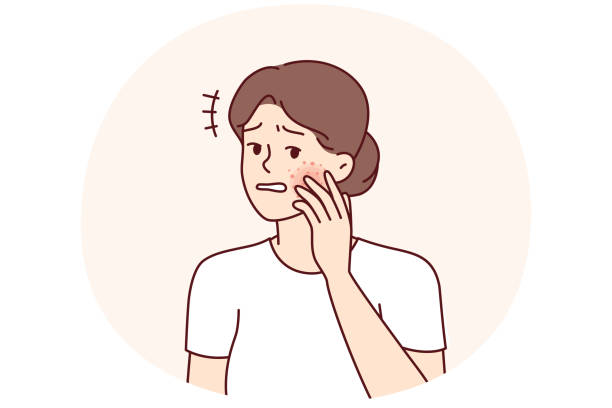
HOW TO TREAT WAX BURNS ON FACE
Soothing the Burn: Effective Treatments for Wax Burns on the Face
Waxing is a popular hair removal method that can provide long-lasting results, but it's not without its risks. One of the most common issues that can arise from waxing, especially on the delicate skin of the face, is burns. Wax burns can be painful, unsightly, and if left untreated, can lead to further complications. In this comprehensive guide, we'll explore the causes of wax burns, the symptoms to look out for, and most importantly, effective treatments to soothe and heal the affected area.
Understanding Wax Burns
Wax burns occur when the wax is applied at an excessively high temperature or left on the skin for too long, causing the skin to become red, swollen, and painful. The severity of the burn can range from mild redness to blistering and peeling skin.

It's important to note that wax burns are not the same as skin irritation or allergic reactions, which can also occur due to improper waxing techniques or the use of low-quality waxing products.
Symptoms of Wax Burns
If you've experienced a wax burn on your face, you may notice one or more of the following symptoms:
- Redness and inflammation in the affected area
- Swelling around the burn
- Pain or discomfort when touching the area
- Blistering or peeling skin
- Increased sensitivity to touch or temperature
If you experience severe pain, extensive blistering, or signs of infection (such as pus, fever, or increased redness and swelling), it's essential to seek medical attention immediately.
First Aid for Wax Burns
If you've sustained a wax burn on your face, the first step is to provide immediate first aid to minimize further damage and alleviate discomfort:
- Remove any remaining wax from the skin using a gentle, oil-based cleanser or makeup remover.
- Run cool water over the affected area for 10-15 minutes to help reduce inflammation and pain.
- Apply a thin layer of over-the-counter hydrocortisone cream to the burn to help reduce swelling and itching.
- Cover the area with a sterile bandage or gauze to protect it from further irritation.

It's important to avoid applying ice directly to the skin, as this can further damage the already compromised skin barrier.
Treating Wax Burns at Home
Once you've provided first aid, there are several home remedies and over-the-counter treatments you can use to help soothe and heal the burn:
1. Aloe Vera Gel
Aloe vera is known for its soothing and healing properties. Apply a thin layer of pure aloe vera gel to the affected area several times a day to help reduce inflammation and promote healing.
2. Oatmeal Baths
Colloidal oatmeal has anti-inflammatory properties that can help relieve itching and discomfort. Add a cup of colloidal oatmeal to a lukewarm bath and soak for 15-20 minutes to help calm the skin.
3. Over-the-Counter Pain Relievers
If the burn is causing significant pain, you can take over-the-counter pain relievers like ibuprofen or acetaminophen to help reduce inflammation and discomfort.
4. Gentle Moisturizers
Once the initial inflammation has subsided, apply a gentle, fragrance-free moisturizer to the affected area to help keep the skin hydrated and promote healing.

When to Seek Professional Help
In most cases, wax burns on the face can be treated at home with proper first aid and aftercare. However, there are certain situations where it's best to seek professional medical attention:
- If the burn is severe, with extensive blistering or peeling skin
- If the burn covers a large area of the face
- If the burn is accompanied by signs of infection, such as pus, fever, or increased redness and swelling
- If the burn is not improving with home treatment after a few days
A dermatologist or other healthcare professional can assess the severity of the burn, provide appropriate treatment, and prescribe medication if necessary to prevent complications and promote healing.
Preventing Future Wax Burns
To reduce the risk of wax burns in the future, it's essential to take precautions when waxing:
- Always have your wax applied by a licensed and experienced professional who uses high-quality waxing products and follows proper safety protocols.
- Make sure the wax is applied at the correct temperature, which should be warm but not hot to the touch.
- Avoid waxing over areas that are already irritated or inflamed.
- Follow all pre- and post-waxing care instructions provided by your waxing professional.
Conclusion
Wax burns on the face can be painful and unsightly, but with proper first aid and aftercare, most can be treated effectively at home. By following the tips outlined in this guide and seeking professional help when necessary, you can minimize the risk of complications and promote healing.
Remember, prevention is key when it comes to wax burns. Always choose a reputable waxing professional, follow their instructions carefully, and be vigilant for any signs of irritation or burning during the waxing process. With a little care and attention, you can enjoy the smooth, hair-free results of waxing without the risk of painful burns.
CONTINUE READING
Waxing Product
Why Choose Us
At Lifestance, we understand that everyone's hair removal needs are unique. That's why we offer a wide range of professional waxing kits to ensure that different skin types, body hair types and budgets are catered for. Whether you are a seasoned beauty professional or a first-time self-service waxer, we are committed to providing you with an exceptional product and service experience.
Safety and ComfortOur waxing products are made with natural and gentle formulas that have passed rigorous testing and certification to ensure that skin irritation is minimized. At the same time, our patented heating technology allows for precise temperature control, so you can enjoy a comfortable waxing experience.
Professional Quality Convenient and PracticalWhether you're a licensed esthetician or a homeowner, Lifestance has you covered. Our kits contain everything you need and are so easy to use that even beginners can master them. The quality of our products is outstanding, ensuring smooth, flawless skin.
Innovative ideas and serviceWe are constantly developing innovative technologies and formulas to provide our customers with an unprecedented hair removal experience. Whatever your questions or needs, our team of professionals is always on hand to provide you with personalized service and guidance.
When you choose Lifestance, you choose beauty, comfort, convenience and professionalism. We are dedicated to providing you with an exceptional hair removal experience that will help you look and feel your best.

